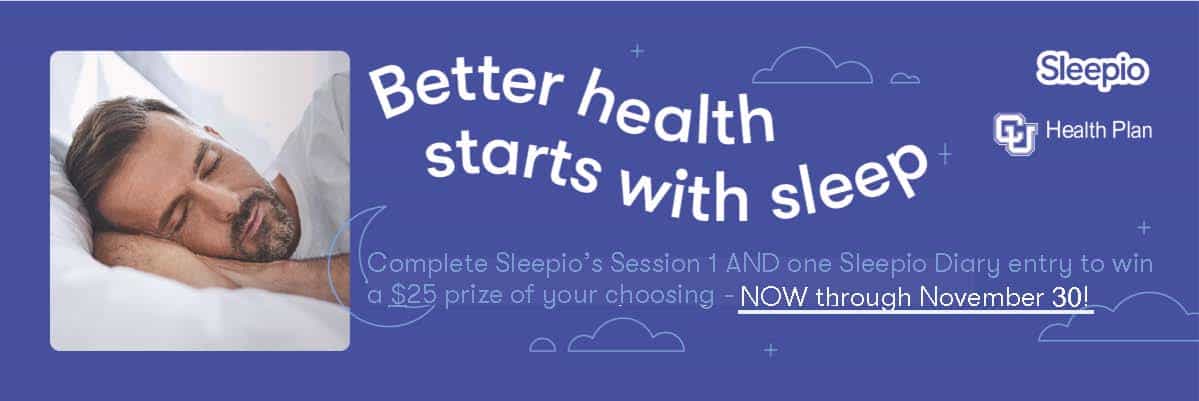
November 2021
Exploring seasonal affective disorder
We’ve all heard of the “winter blues.” A dreary sort of feeling when summer and autumn are over, and you’ve got several months of darker, colder days ahead. While some people love the winter months, others aren’t big fans. In fact, some people struggle with the winter months so severely that they have what’s known as seasonal affective disorder, or SAD. Let’s talk a little about how SAD affects people, and what solutions are out there.
What is seasonal affective disorder?
Seasonal affective disorder (SAD) is a type of depression that affects people during winter months, and subsides during the rest of the year. SAD begins to emerge as the days get shorter and colder, and people get less exposure to sunlight. The symptoms of SAD can range from mild to severe, and include fatigue, low mood, loss of interest and motivation, and trouble sleeping or sleeping too much. Many people who struggle with SAD dread the winter months, as they know it will be a hard time for them and can affect their work and relationships.
While still not fully understood, scientists have found a link between shorter winter days and a biochemical imbalance in the human brain. In some people, the circadian rhythm — the brain’s natural process that regulates sleep and wakefulness — may fall out of step with the day-to-day schedule. Other factors that may be at play are levels of serotonin and melatonin, two chemicals in the brain that affect mood and sleep patterns.
How can seasonal affective disorder be managed?
Because exposure to sunlight is a factor, experts recommend that people with SAD experience as much daylight as possible. Whenever the sun is out, it’s a good idea to try to sit outside or even by a window for a little while. Taking a walk outside is a great option, because it exposes people to sunlight and provides physical activity. Specialized light boxes are also sometimes used to deliver what’s called bright light therapy, which mimics natural outdoor light.
Other ways to prevent and manage SAD include spending time with friends and family, or getting more exposure to one’s community. Volunteering, taking that walk with a neighbor, or even exploring a winter sport can be helpful. Creating a routine or schedule around any of these options can help keep symptoms at bay and give people something to look forward to during dreary winter months. Since SAD is a form of depression, many of the things typically recommended for people struggling with depression tend to be helpful for SAD.
Of course, the symptoms of SAD can be severe. Anyone who is experiencing symptoms that make it hard to cope with everyday life should seek the assistance of a mental health professional.
Get better sleep during winter months
If you find that your sleep gets disrupted during winter months, Sleepio may be able to help. Sleepio is an online sleep improvement program proven to help people overcome the obstacles that are keeping them from healthy sleep in just six weeks. The program uses cognitive behavioral techniques that are backed by decades of clinical research, and has been shown in studies to help people fall asleep 54% faster, spend 62% less time awake at night, and have 45% better functioning the next day. Sleepio is available to you as a CU Health Plan employee for free, and you can get started today.
A digital solution for poor sleep
If you’ve been struggling with sleep, that can impact your mental and physical well-being. CU Health Plan offers a benefit that may be able to help.
Sleepio is an online sleep improvement program proven to help you clear your mind, improve your sleep, and have better days in just six weeks. The program uses cognitive behavioral techniques that are backed by decades of clinical research, and has been shown in studies to help people fall asleep 54% faster, spend 62% less time awake at night, and have 45% better functioning the next day. Try Sleepio today and start sleeping better tonight.

